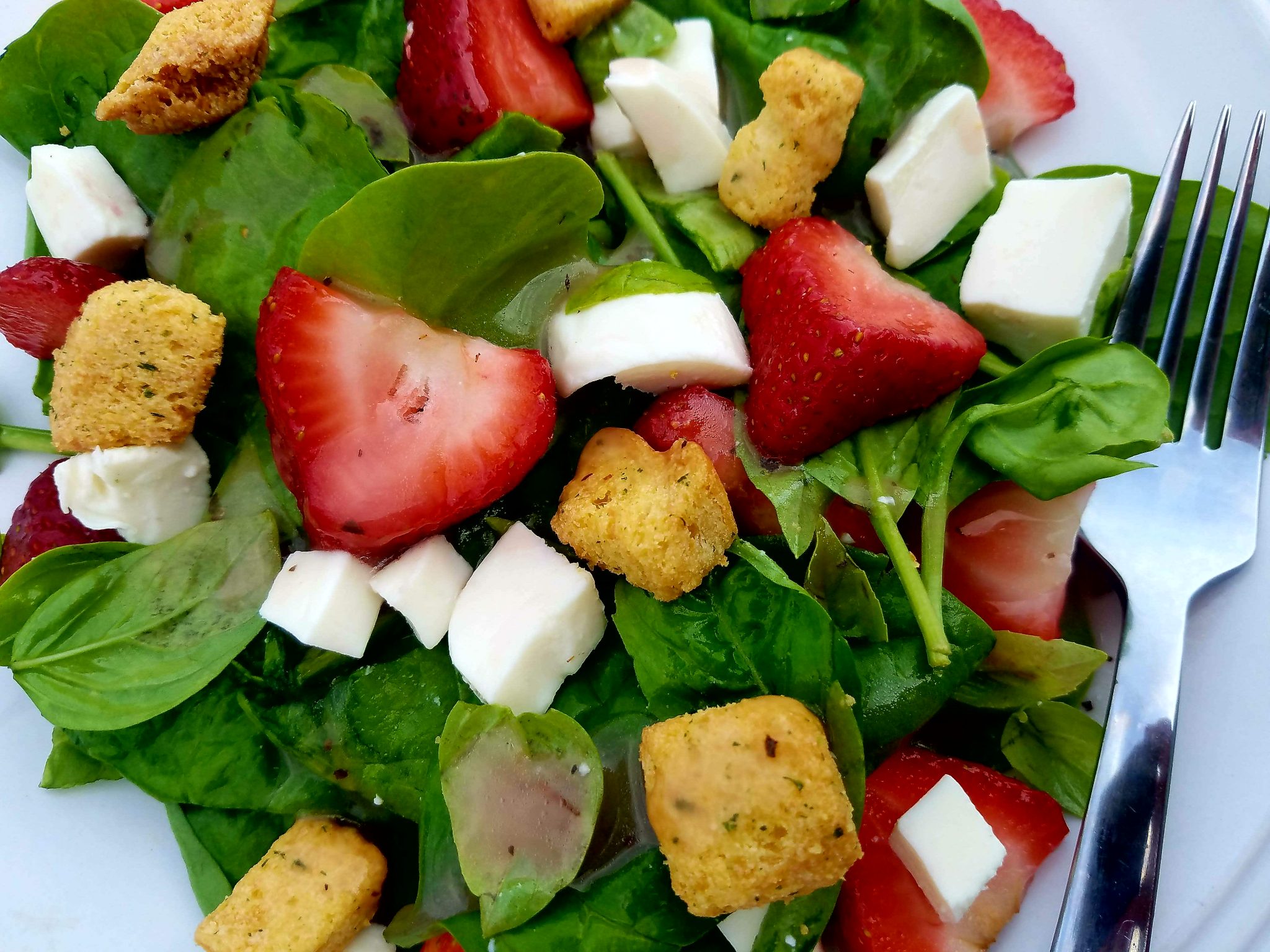Thinking about fish for dinner tonight? Research suggests that may be a smart move.
Fish are excellent sources of protein, vitamins and minerals. Some varieties of fish are exceptionally high in the omega-3 fatty acids known as eicosapentaenoic acid (EPA) and docosahexaenoic acid (DHA). Research suggests that individuals who regularly consume fish may experience up to a 36% lower risk of coronary heart disease and up to a 17% lower risk of mortality when compared with non-fish eaters (1).
When we consume fish, these fatty acids EPA and DHA are incorporated into our cell membranes (2)… yes folks, we truly ARE what we eat. This changes the physical and chemical structure of the cell membrane. EPA is converted into eicosanoids (EYE-co-sa-noids) that help to reduce inflammation, triglycerides, blood pressure, irregular heart beats, plaque instability, and more. (3, 4)
In light of this evidence, the American Heart Association recommends eating fish (particularly fatty fish) twice per week. (5) One serving equals 3.5 ounces of cooked fish. Fatty fish varieties include salmon, tuna, mackerel, lake trout, herring, or sardines. However, most varieties of fish and shellfish have at least a little bit of omega-3 fats.
It has been suggested that 0.4- 0.5 grams of EPA/DHA per day is associated with improved heart health. Because fish is such an excellent source, this can be achieved by eating fish (preferably fatty) twice per week (6).
What about fish oil supplements?
According to the AHA, “increasing omega-3 fatty acid consumption through foods is preferable.” However, individuals with existing coronary artery disease or high triglycerides may want to consult with their physicians about fish oil supplements. Because fish oil supplements can cause excessive bleeding, it is important for a physician to monitor their use at high doses (7).
What if I don’t eat fish?
Individuals who do not consume fish (e.g., vegetarians) typically have lower intakes of EPA and DHA. Interestingly, vegetarians still experience many health benefits including lower body mass indices, lower rates of heart disease, cancer, and type 2 diabetes. This suggests that other aspects of their diet and lifestyle may be providing benefit (8).
If you do not eat fish, you can try to include sources of another omega-3 fatty acid into your diet called alpha-linolenic acid (ALA). ALA is found in chia seeds, flax seeds, canola oil, and walnuts. It can be converted into EPA and DHA but the conversion is not guaranteed.
EPA and DHA content of selected fish (3 ounces cooked fish)
Fatty Fish
Herring 1.71-1.81 g
Mackerel 1.0 g
Salmon 0.9-1.83 g
Sardines 0.98-1.17 g
Trout 0.84-0.98 g
Tuna 0.24-1.28 g
Leaner Fish
Catfish 0.15-0.20 g
Clams 0.24 g
Cod 0.13-0.24 g
Flounder 0.42 g
Oysters 0.37-1.17 g
Scallops 0.17 g
Shrimp 0.27 g
What about mercury?
The Food and Drug Administration (9) and Environmental Protection Agency (10) have recommended that women and young children use the following guidelines to reduce consumption of mercury through fish and shellfish intake:
- Do not eat Shark, Swordfish, King Mackerel, or Tilefish because they contain high levels of mercury.
- Eat up to 12 ounces (2 average meals) a week of a variety of fish and shellfish that are lower in mercury.
- Five of the most commonly eaten fish that are low in mercury are shrimp, canned light tuna, salmon, pollock, and catfish.
- Another commonly eaten fish, albacore (“white”) tuna has more mercury than canned light tuna. So, when choosing your two meals of fish and shellfish, you may eat up to 6 ounces (one average meal) of albacore tuna per week.
- Check local advisories about the safety of fish caught by family and friends in your local lakes, rivers, and coastal areas. If no advice is available, eat up to 6 ounces (one average meal) per week of fish you catch from local waters, but don’t consume any other fish during that week.
Follow these same recommendations when feeding fish and shellfish to your young child, but serve smaller portions.
Where can I find easy fish recipes?
Our Live Well Furman Recipe Corner has over 50 tasty recipes complete with recipe analyses, shopping lists, and tips. Here are some of my favorite fish recipes:
Fish Tacos with Fresh Mango Salsa on Whole Grain Tortillas
Ginger Lime Tilapia with Sauteed Summer Squash and Sun-dried Tomatoes over Whole Wheat Couscous
Mediterranean Pasta with Shrimp
Salmon Burgers with Spinach and Sun-dried Tomato Whole Grain Orzo

